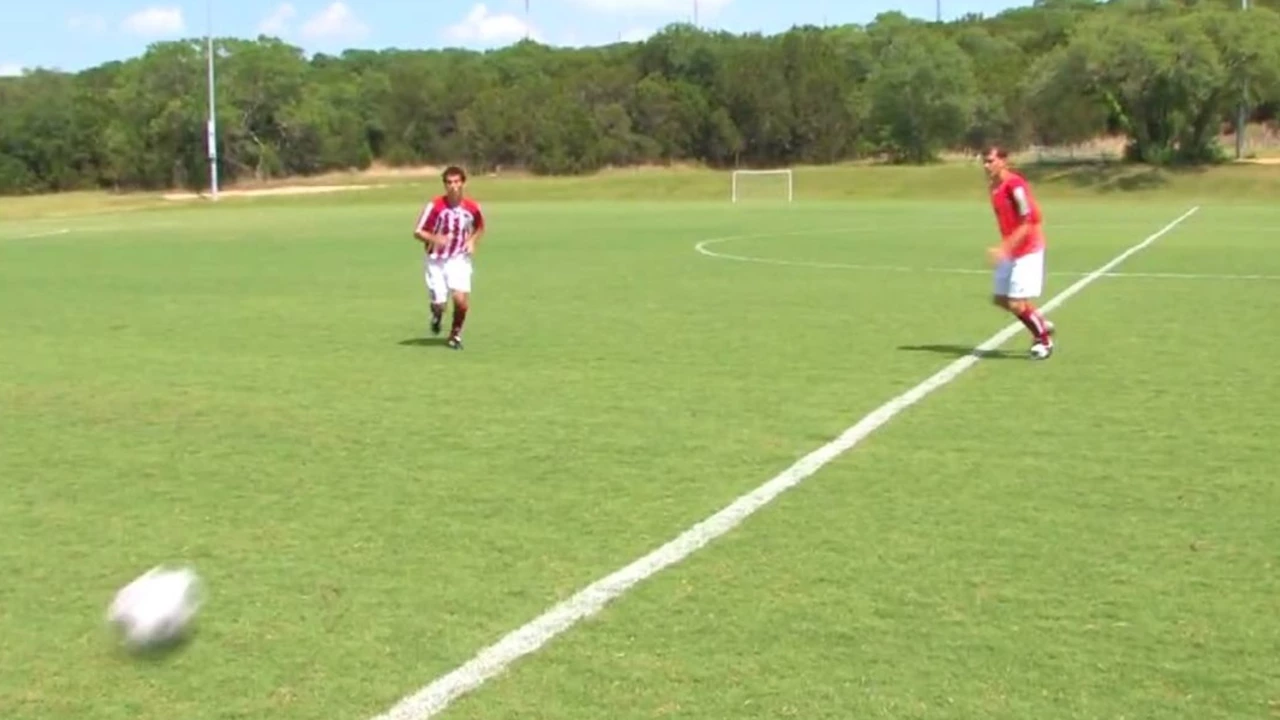Essential Soccer Gameplay Tips for Non‑League Players
Want to play better without spending hours in a gym? These simple soccer tips focus on what you can practice on the pitch, during a match, or with a few friends. No fancy equipment, just clear actions you can start using today.
1. Master the First Touch
The first touch decides whether you keep possession or lose the ball. When a pass comes at you, cushion it with the inside of your foot and turn your body to face the play. Practice this with a wall or a teammate: receive the ball, take one soft touch, then move forward. The better your first touch, the less time opponents have to close you down.
2. Keep Your Head Up
Looking at the ball all the time makes you predictable. Train yourself to glance up every few seconds. Use the peripheral vision to spot teammates, defenders, and open space. A quick head‑up habit lets you make smarter passes and find gaps in the defense.
Another quick habit is to count to three after receiving a ball before you decide what to do. That short pause gives you a mental snapshot of the field and forces you to choose a better option instead of defaulting to a rushed pass.
3. Use the Wrong Foot
Most players rely on their dominant foot for everything. By deliberately using your weaker foot for simple passes and dribbles, you become harder to predict. Start with a 10‑minute drill: every third touch must be with your non‑dominant foot. Over time, you’ll feel more comfortable and opponents will struggle to force you onto one side.
4. Position Yourself Smartly
Good positioning reduces the effort you need to win the ball back. When defending, stay between your opponent and the goal, not too close to them. When attacking, occupy the space between the defender and the ball. This forces the opponent to make a mistake and gives you a better chance to intercept or receive a pass.
Use the off‑the‑ball movement tip: after a pass, move to a space you haven’t occupied yet. This creates passing lanes and opens up the defense.
5. Simple Decision‑Making Rules
In fast games, overthinking kills momentum. Follow three easy rules: Pass, Move, or Shoot. If you have a good pass, give it. If you’re not in a good position, move. If you’re in a shooting range, take the shot. Sticking to these rules keeps the ball moving and prevents holding it too long.
Practice with small‑sided games (5‑v‑5) where the focus is on quick passes and constant movement. The limited space forces you to make fast decisions and improves your overall awareness.
6. Endurance Over Speed
Non‑league matches often last 90 minutes with limited recovery time. Building basic stamina helps you stay effective late in the game. Simple jogs, interval runs, or even a brisk walk for 30 minutes a few times a week raise your endurance without needing a track.
Combine endurance work with ball drills: run a lap, then dribble a set of cones, repeat. This mimics match conditions where you need to stay sharp while moving.
These tips are easy to fit into any training routine. Focus on one at a time, track your progress, and you’ll notice better control, smarter play, and more confidence on the pitch. Keep it simple, stay consistent, and enjoy the game more than ever.
Posted by
Caspian O'Reilly
0 Comments

Playing midfield in soccer requires a blend of offensive and defensive skills. I need to master ball control, passing accuracy, and strategic positioning to both support my team's attacks and disrupt opposing players. Stamina is key as I'm often running the greatest distance during a match, occupying spaces between the offense and defense. Communication with my teammates is also crucial for coordinating plays. Lastly, I must consistently analyse the game flow to make split-second decisions that could change the game's outcome.
read more